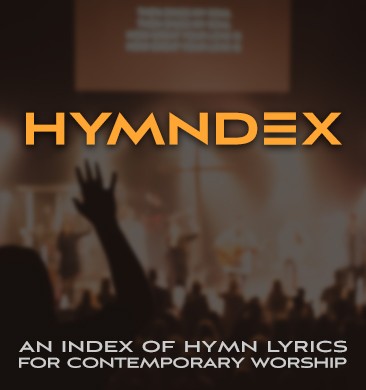What’s one thing that can make or break your effectiveness in worship leading?
Flow.
Good storytellers, movie directors, public speakers, and writers learn how to flow naturally from one chapter/scene/subject to the next. Bad or nonexistent transitions can weaken otherwise good content, because the joltiness of the finished project screams a lack of cohesion. Cohesiveness – or “flow” – is a really important thing.
Worship leaders who don’t lead their congregations and musicians with a cohesive flow from one song to the next run the risk of working against themselves. Even though the songs might be good songs, without those songs being threaded and woven together, it doesn’t matter so much. There’s no clear narrative, no natural progression, and no clear big picture. It’s all a jumble of little pieces, random songs, different keys, disconnected topics, and instead of leaving a congregation saying “aha!”, it leaves them asking “huh?”
Developing a good sense of lyrical and musical flow is absolutely essential for worship leaders.
Lyrical flow
Before I even mention some tips/ideas on how to connect songs musically, it has to be said that the most important thing is that songs connect to each other lyrically in a way that not only makes logical and theological sense, but that also points people in one direction. You don’t want to take a sharp right turn after one song and a sharp left turn after the next. The songs should connect to each other like a road leads to a destination. The destination being exalting the greatness of God in Jesus Christ. Every week. Every Sunday.
It’s like you’re a tour guide at the Grand Canyon. Are there a lot of different ways people can look at the Grand Canyon? Yes. There are many different overlooks. Maybe they can take a helicopter ride. Maybe they can go deeper into it. Maybe they should look at from the north. Maybe from the east. You, as the tour guide, can point people to the Grand Canyon from different angles every time you stand before them. But you’re always pointing at the same thing.
The same goes for our songs. They point at the same thing, but from different angles, and they do so in a way that helps people see the greatness of the One to whom they all point.
Musical flow
Here are eight ways I try to make the songs I lead flow into and out of each other naturally.
1. Songs in the same key.
I’ve chosen my first song. It’s in G. I’ll pick a song after it that’s in G. Easy as worship leading pie.
2. Songs in connected keys.
I’ve chosen my first song. It’s in G. What’s the “4” chord in G? That’s right, it’s C. So I’ll pick a song after it that’s in C. Or what’s the “5” chord in G? That’s right, it’s D. You know your scales. Good job. So, I’ll pick a song after it that’s in D. Voila.





